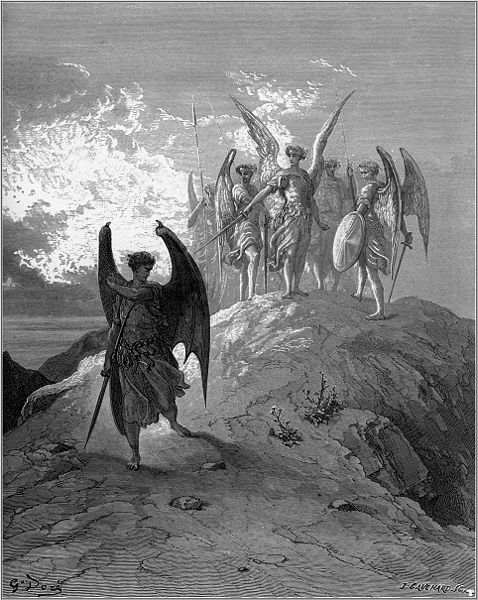
It’s a big book, so I’m going to be working through John W . Welch, et al., eds., Knowing Why: 137 Evidences That the Book of Mormon Is True (American Fork: Covenant Communications, 2017), for several more weeks.
“Did Interactions with ‘Others’ Influence Nephi’s Selections of Isaiah?” (119-120)
Were there people in the New World other than, and prior to, the Lehites, Mulekites, and Jaredites? Or were the Americas essentially vacant when Nephi arrived?
The archaeological and genetic evidence is decisively clear that there were “others” in the land before and beyond the Book of Mormon peoples.
And there are passages in the Book of Mormon that suggest their presence. For instance, in 2 Nephi 5:6, Nephi names everyone from the original Lehi group who followed him. Then he says that he was also followed by “all those who would go with me,” “those who believed in the warnings and the revelations of God.” This seems to suggest the presence of non-Lehite converts.
John Gee and Matt Roper have further argued that, when Nephi quotes Isaiah 14 in 2 Nephi 24 (e.g., 24:1, which reads “For the Lord will have mercy on Jacob, and will yet choose Israel, and set them in their own land; and the strangers shall be joined with them, and they shall cleave to the house of Jacob”) he may have had in mind “strangers” who had joined or would join with God’s people in the New World.
Moreover, Nephi’s quotation of Isaiah 2, at 2 Nephi 12, about the Lord’s house being established in the top of the mountains, to which “all nations shall flow,” might have found at least partial fulfillment, in Nephi’s mind, in the Nephites’ own recent construction of a temple in the land of Nephi, which seems to have been at a comparatively high altitude. (John Sorenson’s model puts it in the vicinity of Guatemala City, in the Guatemalan highlands.)
Incidentally, the Book of Mormon’s recognition of the presence of non-Lehite, non-Mulekite, non-Jaredite “others” in Pre-Columbian America would go a considerable distance toward neutralizing DNA-based arguments against the historicity of the Book of Mormon.
“Why Did Lehi ‘Suppose’ the Existence of Satan?” (121-123)
The Book of Mormon has much more to say about Satan than, on the whole, the Old Testament does. Many scholars think that the concept of Satan discernibly evolved among the Hebrews and within the Old Testament. Lehi’s remark about Satan at 2 Nephi 2:17 seems to put him squarely in that evolutionary process, suggesting that he deduced his idea from a reading of Isaiah 14, informed by Canaanite mythology with which he may have been (and Isaiah almost certainly was) familiar.
***
Some will find this article thought-provoking:
“Orthodox Mormon stories that Napoleon Dynamite tells to me”
***
A brief interview with a very influential teacher of mine who became a BYU and FARMS colleague and who remains a good friend:
The Old Testament and New Testament: What Happened in Between?
***
An essay of mine from quite a few years ago, about why the historicity of the scriptures matters a very great deal (while infallibility doesn’t):
“Notes on Historicity and Inerrancy”
***
Once again, the Church is preparing and publishing short video messages that, it hopes, will enable ordinary members to share their beliefs more easily and perhaps more effectively. Here’s one, for example:
“Do Mormons Really Believe in Jesus?”
Feel free to share it! Please do share it!












